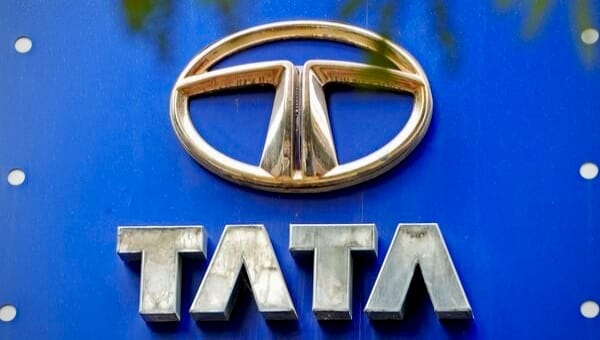
-
OpenAI deepens its strategic cloud partnerships, chiefly with Microsoft’s $13B investment since 2019, fueling next-gen models like GPT-4.
-
Hyperscalers AWS (32%), Azure (23%), and Google Cloud (11%) dominate the cloud market, setting the stage for AI infrastructure leadership.
-
Training frontier AI models requires hundreds of millions in funding and specialized Nvidia GPU supercomputers capable of exaflop-scale processing.
-
Centralization of compute resources raises concerns over accessibility and competition, prompting global regulators to assess market concentration.
-
IDC forecasts AI infrastructure spending to soar to $170B by 2027, emphasizing the strategic and geopolitical weight of compute in the AI era.
OpenAI is forging multi-billion-dollar cloud alliances with tech giants, securing vast computational power for advanced AI models like GPT-4 and reshaping global infrastructure.
These alliances are critical for scaling next-generation AI, providing massive compute for training and inference. They solidify hyper-scale cloud providers’ dominance, shaping future innovation and market consolidation in AI.
Microsoft leads, committing an estimated $13 billion to OpenAI since 2019. This grants unparalleled access to Azure’s infrastructure, including supercomputing clusters with tens of thousands of Nvidia GPUs. Scott Guthrie, EVP of Microsoft’s Cloud + AI Group, stated the investment is “co-developing AI’s future leveraging Azure’s global scale.”
Google Cloud, using its TPUs, boosted resources for startups like Anthropic. AWS aggressively markets its AI-optimized chips, Trainium and Inferentia, to capture high-value AI workloads.
Training a leading AI model costs hundreds of millions of dollars due to specialized hardware, energy, and data center operations. This upfront capital expenditure creates a substantial barrier for many firms.
For cloud providers, these deals lock in high-value, long-term customers and predictable revenue. Azure held 23% market share in Q3 2023, behind AWS’s 32% and Google Cloud’s 11%. “Winning these anchor tenants creates an attraction effect, cementing market leadership,” noted Sarah Chen, Tech Insights Group senior analyst.
These partnerships provide access to custom-built supercomputers handling petabytes of data and exaflops of processing. Optimized for parallel processing, this infrastructure is necessary for models with hundreds of billions or trillions of parameters, making advanced AI projects feasible.
These colossal partnerships carry implications for the broader AI sector. While accelerating development, they raise questions about compute accessibility for smaller startups, potentially centralizing power within a few well-resourced entities. Regulators globally are examining this competitive landscape and resource concentration.
Geopolitical considerations are paramount as nations view AI capabilities critical for economic competitiveness and national security. Reliance on limited cloud providers and advanced semiconductor chips from Nvidia highlights intricate supply chain dependencies. IDC estimates global AI infrastructure spending will reach $170 billion by 2027.
Veteran market participants, who’ve tracked previous infrastructure booms, understand the long-term implications. These billion-dollar commitments will define AI innovation, influencing everything from energy demands to scientific discovery. Access to vast processing power remains a pivotal determinant of leadership in artificial intelligence.








